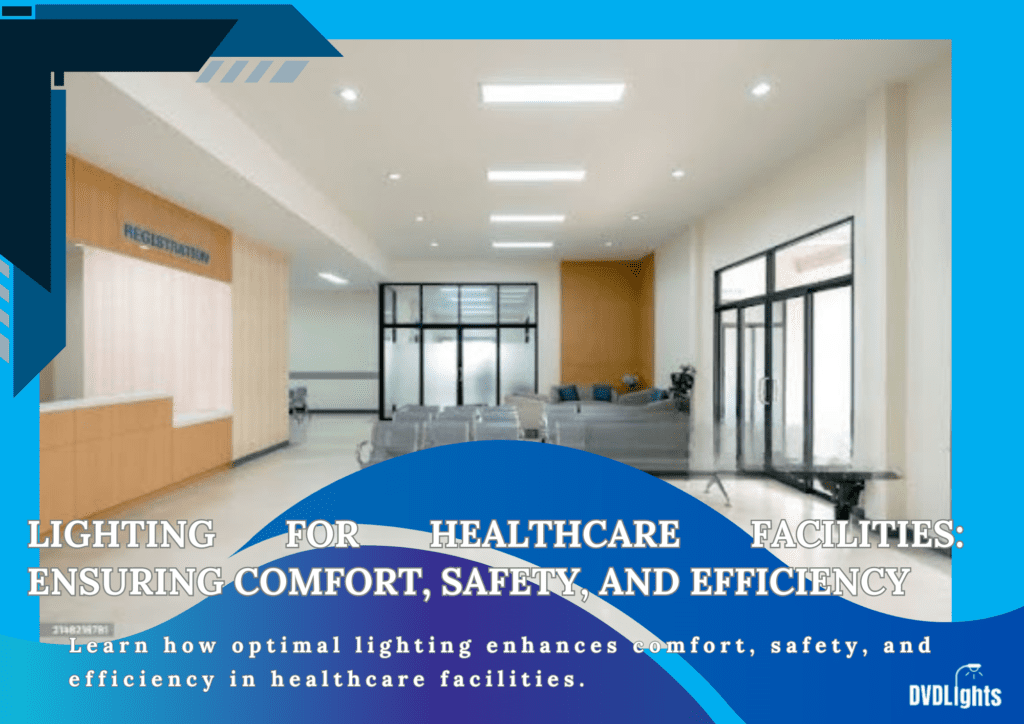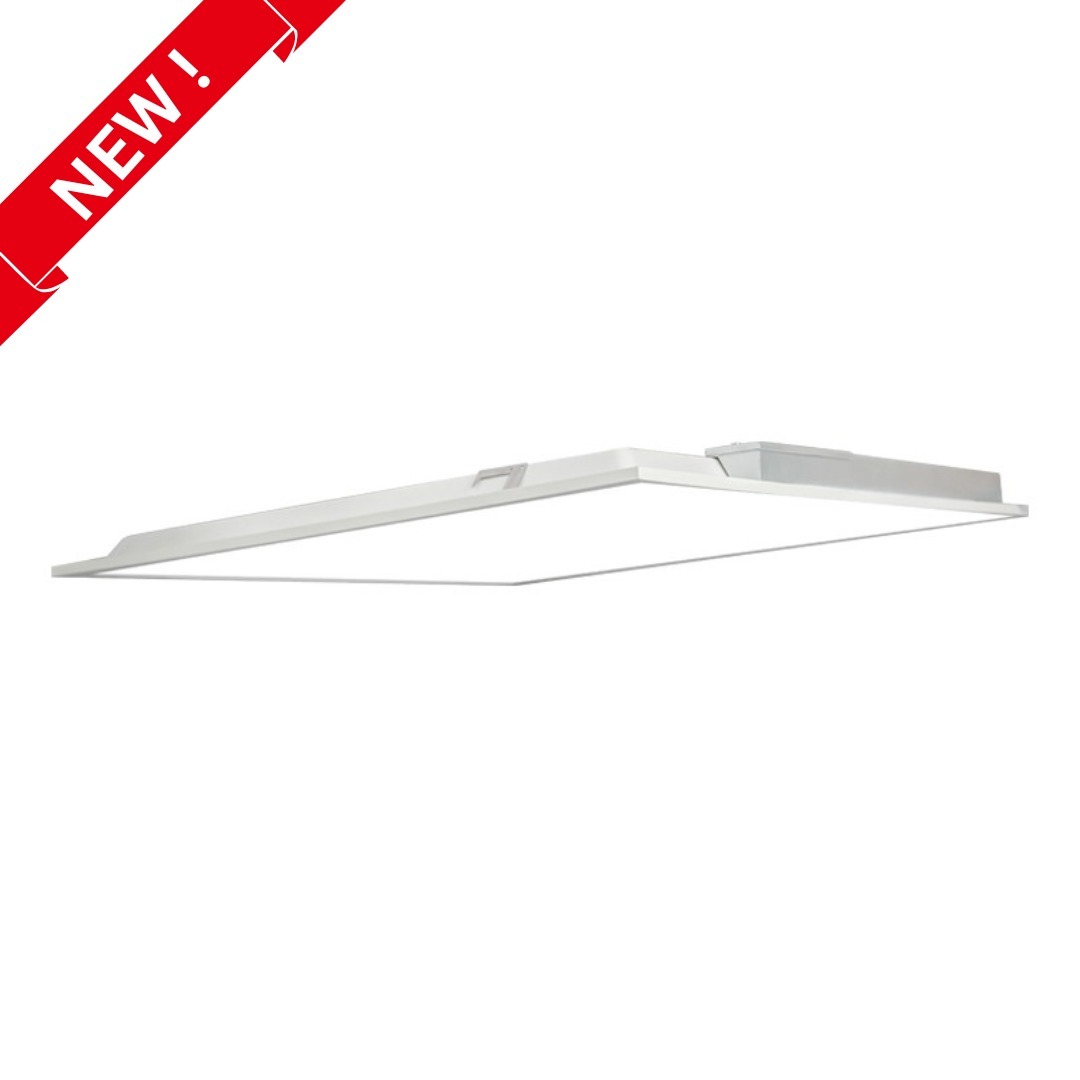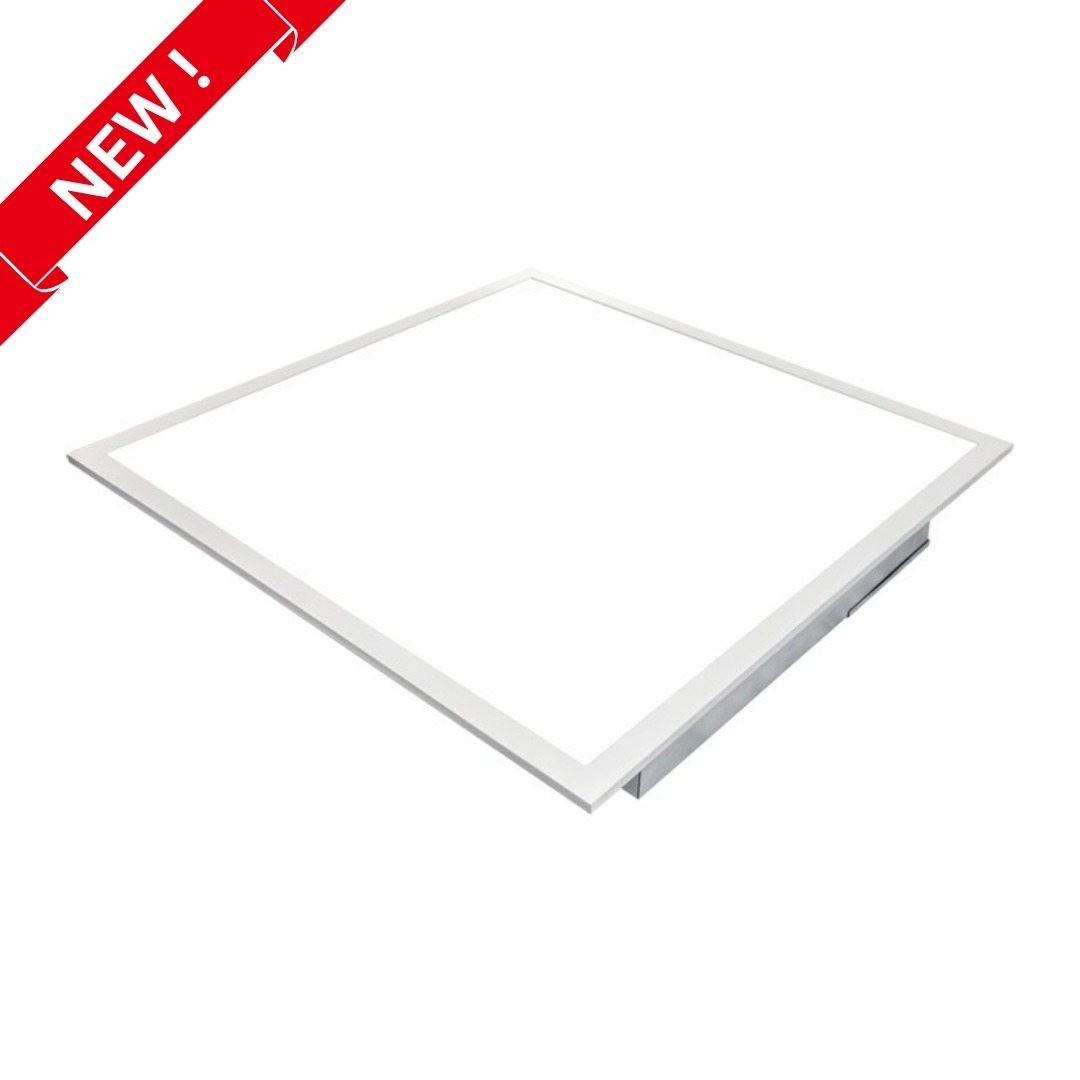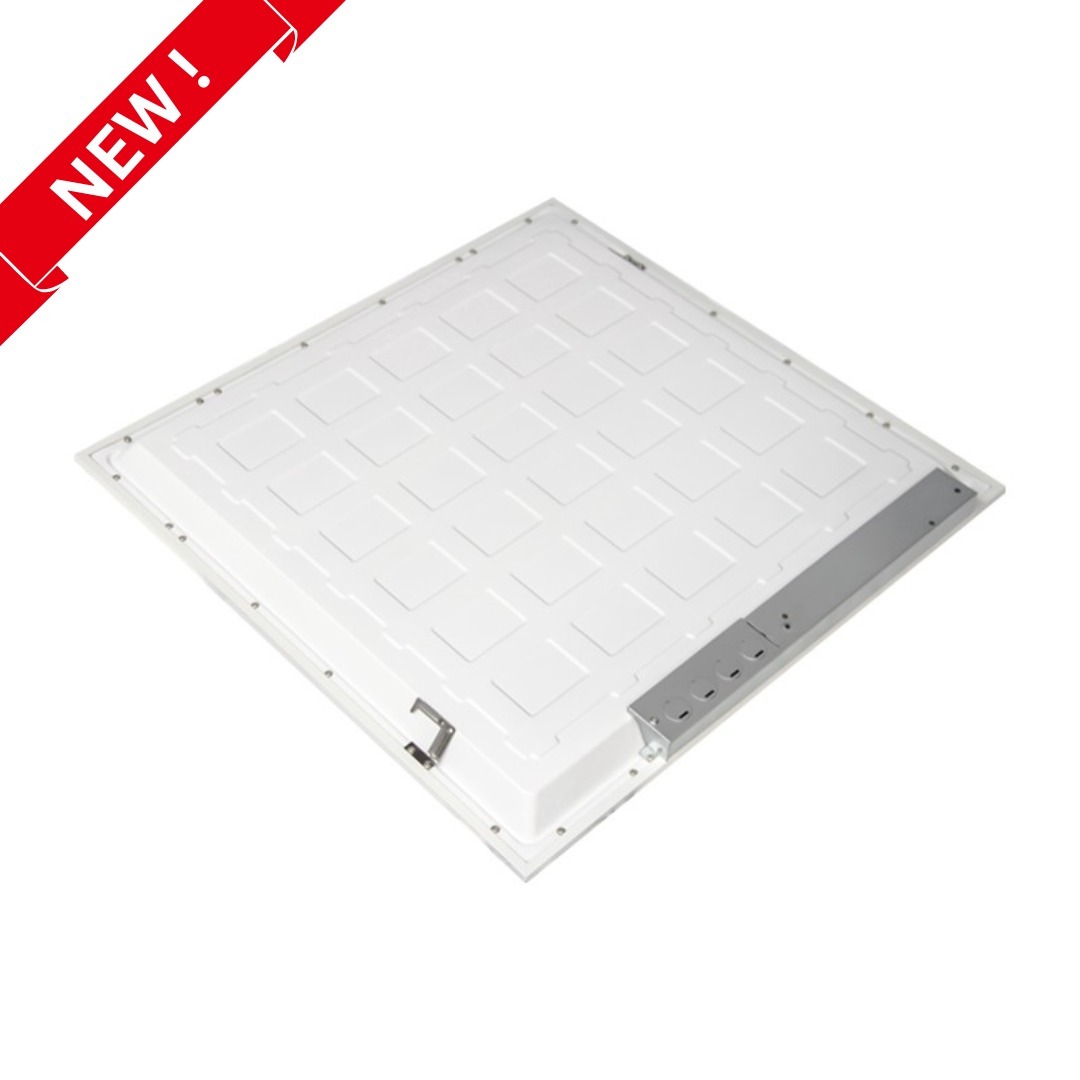Lighting in healthcare facilities is far more than just illumination; it directly impacts patient care, safety, and the efficiency of medical professionals. Whether it’s in a hospital, clinic, or specialized treatment center, lighting must be carefully considered to support both medical staff and patients.
With advancements in LED technology, healthcare facilities now have access to energy-efficient, long-lasting lighting solutions that provide optimal illumination for various areas. This blog explores the types of lighting suitable for healthcare settings and highlights their significance.
1. Enhancing Patient Comfort and Well-Being
Proper lighting can significantly affect patient recovery. Research shows that exposure to the right lighting conditions can reduce stress, regulate circadian rhythms, and promote faster recovery. Soft, adjustable lighting is particularly important in patient rooms, waiting areas, and recovery zones, where it creates a calming atmosphere, contributing to mental and physical healing.
In spaces where natural light is limited, healthcare facilities turn to Dimmable Linear LED Strip Lights, which allow for customizable lighting levels. These lights offer smooth, adjustable brightness that can be tailored to patients’ needs, whether for restful low light in the evening or brighter light during the day.
Photo from Chadchai Krisadapong via istock
2. Optimizing Medical Precision and Efficiency
For medical professionals, good lighting is critical for performing tasks with precision and accuracy. In areas like operating rooms, examination rooms, and laboratories, bright, shadow-free lighting is essential to ensure that medical procedures are carried out safely and effectively.
One highly effective lighting solution in these high-demand environments is the 6 Bulb Fixture LD Series T8 LED Tubes Bay Light. These lights provide powerful, even illumination, reducing shadows and improving visibility for medical staff. Their long lifespan and energy efficiency also make them a cost-effective option for facilities that operate around the clock.
3. Enabling Performance of Visual Tasks
The most obvious effect of light on humans is in enabling vision and performance of visual tasks. According to Boyce and colleagues (2003), the nature of the task—as well as the amount, spectrum, and distribution of the light—determines the level of performance that is achieved. Performance on visual tasks gets better as light levels increase (Boyce, Hunter, & Howlett, 2003). A study by Santamaria and Bennett (1981) shows that, if the amount and distribution of light are controlled, most everyday visual tasks (such as reading and writing) can be performed as well under artificial light sources (such as fluorescent light) as under daylight conditions. However, daylight is superior for tasks involving fine color discrimination when it is provided at a high level without glare or any reduction in task visibility caused by veiling reflections or shadows (Boyce, Hunter, & Howlett, 2003).
Another factor that affects performance on visual tasks is age, and the need for light increases as a function of age due to reduced transmittance of aging eye lenses (Edwards & Torcellini, 2002). This is significant in that the workforce in American hospitals is aging, and, therefore, there may be a need to critically assess the lighting provisions for different types of tasks performed by nurses and other staff.
Photo from gabricon via istock
4. Reducing Errors
The work environment for nurses and physicians in hospitals is stressful. They are required to perform a range of complex tasks—charting, filling prescriptions, administering medication, and performing other critical patient-care tasks. Inadequate lighting and a chaotic environment are likely to compound the burden of stress and lead to errors. However, very few studies have focused specifically on the impact of different types of lighting conditions on staff work performance in hospitals.
One study examined the effect of different illumination levels on pharmacists’ prescription-dispensing error rate (Buchanan, Barker, Gibson, Jiang, & Pearson, 1991). They found that error rates were reduced when work-surface light levels were relatively high. Medication-dispensing error rates were significantly lower (2.6%) at an illumination level of 1,500 lux (highest level), compared to an error rate of 3.8% at 450 lux. This is consistent with findings from other settings that show task performance improves with increased light levels (Boyce, Hunter, & Howlett, 2003). No studies have looked at the impact of different lighting conditions at the nurses’ station on task performance or error rate. More research is needed to understand the optimal lighting requirements for supporting the complex tasks performed by nurses and physicians, especially in the context of an aging workforce.
5. Improving Safety and Navigation
In healthcare environments, safety is a priority. Well-lit corridors, staircases, and emergency exits are necessary to prevent accidents, such as trips and falls. In emergency situations, reliable lighting can make the difference between life and death.
For these critical areas, CCT Selectable Volumetric LED Troffers and Fixtures are an ideal choice. These troffers allow healthcare facilities to select different color temperatures (CCT) depending on the specific needs of the space. For example, cool white light may be used in emergency areas to enhance visibility, while warmer tones might be selected for corridors and waiting rooms to create a more comfortable atmosphere.
Photo from jmsilva via istock
6. Energy Efficiency and Sustainability
Healthcare facilities operate 24/7, which means that energy consumption from lighting is constant. By switching to energy-efficient LED lighting, facilities can significantly reduce their electricity costs while also contributing to sustainability goals. LED lights consume far less energy than traditional lighting solutions, and their longer lifespan means reduced maintenance and replacement costs.
For example, Dimmable Linear LED Strip Lights and 6 Bulb Fixture LD Series T8 LED Tubes Bay Light are highly energy-efficient, offering long-lasting performance while reducing overall energy consumption. Similarly, CCT Selectable Volumetric LED Troffers and Fixtures provide flexible, energy-saving options that can be adjusted to suit the specific lighting needs of various areas within the facility.
Photo from adamkaz via istock
Types of Lighting for Healthcare Facilities
- Dimmable Linear LED Strip Lights: These lights provide flexible, adjustable lighting solutions for patient rooms, corridors, and other areas where customizable brightness is needed. They are energy-efficient and allow for smooth dimming, ideal for spaces that require different light levels throughout the day.
- 6 Bulb Fixture LD Series T8 LED Tubes Bay Light: Ideal for high-demand areas such as operating rooms, laboratories, and emergency areas, these lights deliver bright, even illumination to reduce shadows and enhance visibility. They are energy-efficient, durable, and cost-effective for facilities that require 24/7 lighting.
- CCT Selectable Volumetric LED Troffers and Fixtures: These troffers allow facilities to select the most appropriate color temperature for different areas. They provide a blend of functionality and comfort by offering the option to adjust the color of the light, making them perfect for spaces like corridors, waiting rooms, and treatment areas.
Conclusion
By investing in the right lighting solutions, healthcare facilities can create an environment that supports both patient care and medical efficiency. With options like Dimmable Linear LED Strip Lights, 6 Bulb Fixture LD Series T8 LED Tubes Bay Light, and CCT Selectable Volumetric LED Troffers and Fixtures, these facilities can ensure that every space is optimized for safety, comfort, and performance.
FAQs
- Why is proper lighting important in healthcare facilities?
Proper lighting is essential for patient safety, comfort, and recovery. It also supports medical professionals in performing accurate procedures and ensures safe navigation throughout the facility.
- What are the benefits of LED lighting in healthcare environments?
LED lighting is energy-efficient, long-lasting, and provides bright, even illumination. It helps reduce energy costs and maintenance needs while delivering optimal lighting for various healthcare areas.
- Which lighting is best for patient rooms?
Dimmable Linear LED Strip Lights are a great option for patient rooms because they allow for adjustable lighting, helping to create a calming atmosphere that can be tailored to the patient’s needs.
- How can lighting improve safety in healthcare facilities?
Adequate lighting in corridors, staircases, and emergency areas reduces the risk of accidents like trips and falls. Reliable lighting is also crucial in emergency situations for safe evacuation and medical response.
- What is the advantage of CCT Selectable Volumetric LED Troffers and Fixtures?
These fixtures allow healthcare facilities to choose the most suitable color temperature for different areas. They provide flexible lighting solutions that can enhance visibility or create a comfortable environment based on the needs of each space.




















